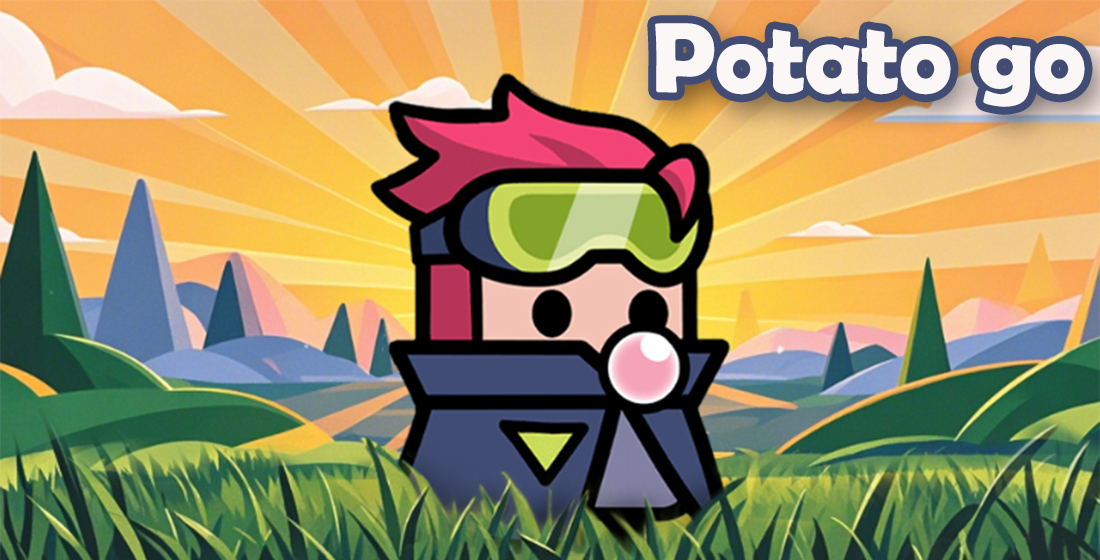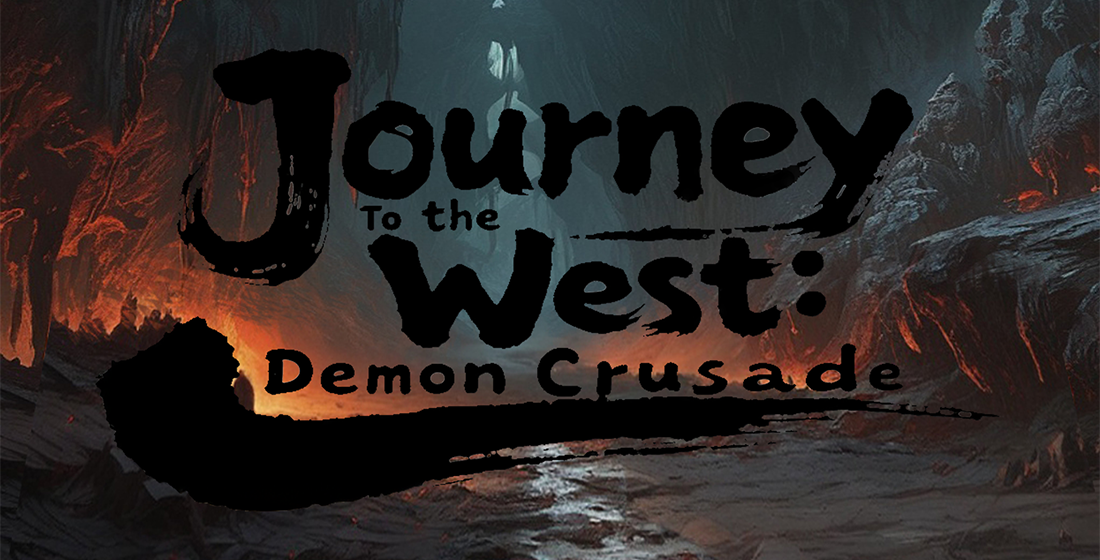Exploring the Intersection of Open World Games and Puzzle Challenges: A New Era of Interactive Gaming
The world of gaming is constantly evolving. One of the most noticeable shifts is the rise of open world games and their incorporation of puzzle challenges. This combination is changing the way players engage with interactive stories and in-game environments. It’s a new era teeming with opportunities for creativity, problem-solving, and exploration.
What Are Open World Games?
Open world games allow players to explore expansive environments and undertake challenges in a non-linear fashion. Some of the iconic titles in this genre include Grand Theft Auto V, The Legend of Zelda: Breath of the Wild, and Red Dead Redemption 2. These games offer a sandbox experience where players can choose their paths and missions.
- Immense worlds to explore
- Player-driven narratives
- Dynamic interactions with the game world
The Rise of Puzzle Challenges in Gaming
Puzzle games have been a staple in the gaming community, captivating players with challenging brain teasers and intricate problem-solving tasks. Titles like Portal and The Witness have made significant impacts by harnessing puzzles as central gameplay mechanics.
The Blending of Genres
Today, the blending of open world games and puzzle elements is reshaping player experiences. This fusion promotes critical thinking and strategizing within large game landscapes. Players aren't just rushing through missions; they are invited to think creatively to solve challenges that may be hidden throughout the vast terrain.
Examples of Successful Open World Puzzle Games
Several titles epitomize this genre-blending approach. Here’s a table showcasing some notable games:
| Game Title | Developer | Puzzle Mechanics |
|---|---|---|
| The Legend of Zelda: Breath of the Wild | Nintendo | Environmental puzzles, shrines, and ancient technology |
| Portal Knights | Keen Games | Building and crafting puzzles in an open world |
| Fez | Polytron Corporation | Spatial puzzles using rotation of 2D worlds |
Understanding Player Engagement
In this new era of gaming, player engagement is pivotal. The integration of puzzles in an open world fosters a more immersive experience. Players invest time exploring the intricate designs and mechanisms of puzzles while diving deep into the narratives.
Development Challenges for Game Designers
For game developers, merging these genres presents unique challenges. It's essential to balance the open world’s freedom with engaging puzzles. If puzzles are too complicated or too easy, it can detract from the overall experience.
Why Open World Puzzle Games Are Gaining Popularity
- Enhanced player creativity: Players enjoy expressing their creativity by solving problems in unique ways.
- Interconnected gameplay: Puzzles often intertwine with the game world, rewarding exploration and critical thinking.
- Community and collaboration: Players frequently share solutions and strategies, fostering community engagement.
The Role of RPG Game Icons
Icons in RPG games often represent skills, quests, or items related to puzzle challenges. These icons enhance players' ability to navigate the gaming environment and understand the relationships between different game elements. RPG game icons can serve as visual cues for players solving puzzles, indicating areas of interest or interaction.
Technological Innovations Supporting This Genre
Advancements in technology, including AI and graphics, are transforming the gaming landscape. Developers leverage tools to create more dynamic puzzles that can react to players' actions. Furthermore, the possibility of online multiplayer experiences adds layers to puzzle-solving elements in open world settings.
Considerations for Future Developments
As gaming trends continue to change, developers may need to consider:
- Balancing narrative depth with gameplay mechanics
- Enhancing the intricacy of puzzle designs within expansive worlds
- Engaging communities for feedback on gameplay experiences
Conclusion
In conclusion, the intersection of open world games and puzzle challenges signals an exciting development in the gaming industry. This blend not only transforms traditional gaming experiences but also elevates player engagement and creativity. As we continue to witness the evolution of this genre, players can look forward to deeper, more enriching experiences that challenge their problem-solving skills while exploring vast, captivating worlds.



